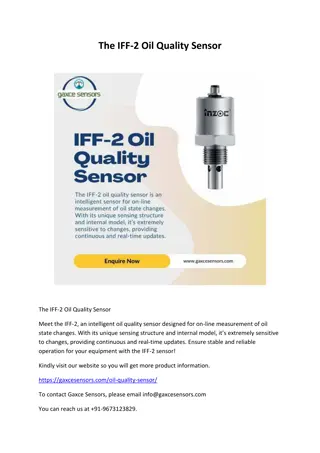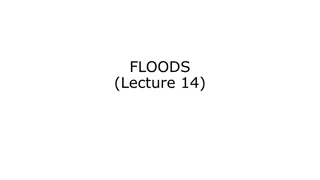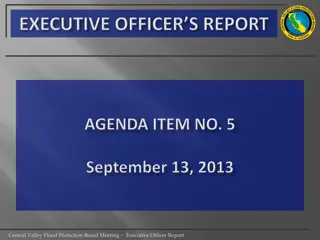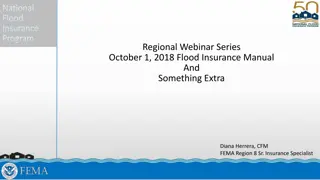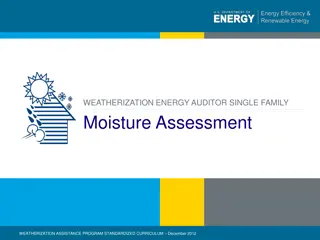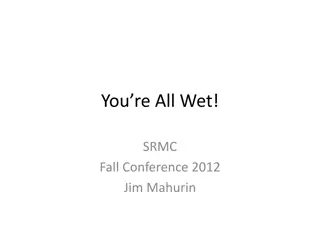Create a Flood Warning System with Micro:bit and Moisture Sensor
A design brief for constructing a flood warning system using micro:bit to detect rising water levels and alert homeowners, aiming to mitigate damage caused by flooding. The project involves selecting suitable input sensors, such as a moisture sensor, and programming the micro:bit to trigger a warning through an output device like a flashing LED. Develop your program in JavaScript Blocks or Python Editor to meet the defined criteria and address the urgent need for early flood detection. Start building your system today!
Download Presentation

Please find below an Image/Link to download the presentation.
The content on the website is provided AS IS for your information and personal use only. It may not be sold, licensed, or shared on other websites without obtaining consent from the author. Download presentation by click this link. If you encounter any issues during the download, it is possible that the publisher has removed the file from their server.
E N D
Presentation Transcript
Using the Using the micro:bit Flood Warning System Flood Warning System micro:bit to Create a to Create a Using a Moisture Sensor and Programming
Design Brief Situation Flooding is becoming increasingly common in parts of the United Kingdom and causes a lot of damage to peoples homes. The sooner a potential flood can be detected, the more time homeowners have to prepare and to save their property. Brief Using the micro:bit, create a working flood warning system for a homeowner. The system must be placed outside the home. It must be able to detect rising water levels and warn the homeowner that this is happening.
Systems Diagram INPUT PROCESS OUTPUT Moisture Sensor Flashing LED Processor Water level Flashing light A systems or block diagram shows the layout of the system to be created. The blocks represent the physical parts of the system and the arrows represent signals.
Design Criteria The proposed system must: Be programmable using the micro:bit. Use a suitable input device, such as a moisture sensor, to detect the level of the water around the house. Use a suitable output device, such as a flashing LED, to warn the homeowner that water levels are rising to flood levels.
Selecting a Suitable Input Sensor You will need to select a suitable input sensor to detect the level of the water. A simple moisture sensor can be created using strip board or a printed circuit board. Use PCB design software that is available to you to design your moisture sensor track layout. Moisture Sensor Example PCB
Potential Divider The moisture sensor is an analogue input device. A potential divider can be used to create a reference voltage for the BBC micro:bit to receive. A variable or fixed resistor can be used as shown. Vs To moisture sensor Output voltage (to micro:bit) Variable or fixed resistor 0V Potential Divider Circuit Diagram
Time to Develop your Program! Your device must be programmed. Your program must meet the needs of the design brief and the design criteria. You can program your micro:bit using either the JavaScript Blocks Editor or Python Editor. An example program written in each has been given to help get you started. Go to www.microbit.org/code to begin!
Example Program Example Program JavaScript Blocks Editor JavaScript Blocks Editor Go to www.microbit.org/code and open the JavaScript Blocks Editor. Drag the file microbit-flood-jsb.hex onto the work area. This program will turn on an output attached to pin 1 (such as an LED) when a high input signal is received on pin 0. Test it, download it and experiment with how it works!
Example Program Example Program Python Editor Python Editor Go to www.microbit.org/code and open the Python Editor. Drag the file flood.py onto the work area. This program will turn on an output attached to pin 1 (such as an LED) when a high input signal is received on pin 0. Test it, download it and experiment with how it works!







